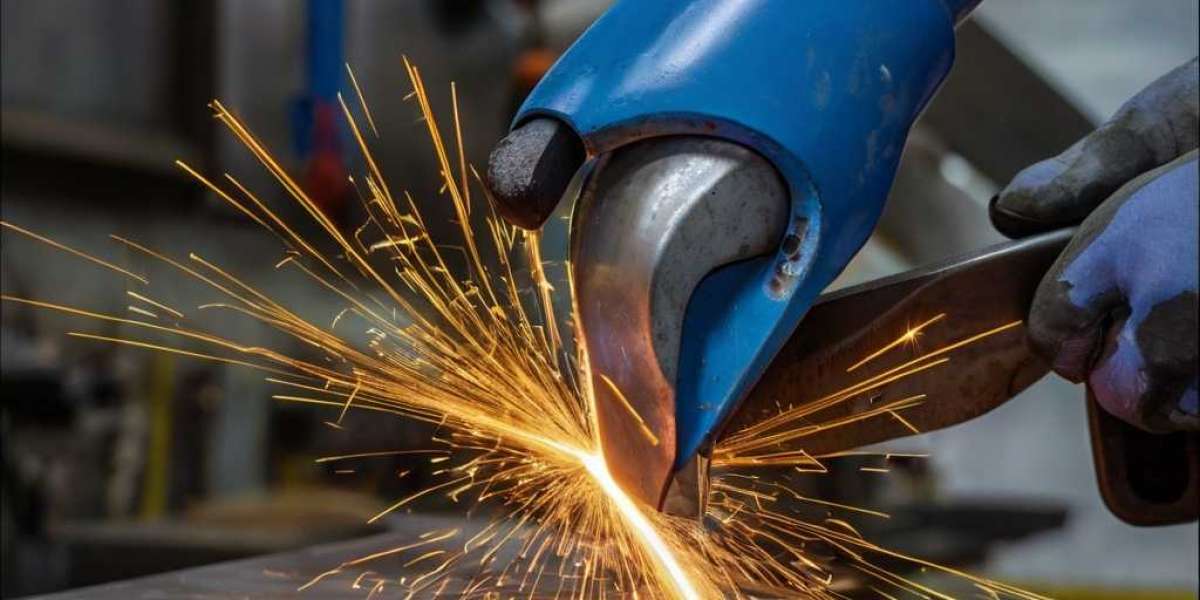- Initial Preparation
Before embarking on sheet metal fabrication, thorough preparation is essential for success. This stage encompasses design blueprint creation, material selection, process planning, and equipment readiness.
Design Blueprint Creation The first step in sheet metal fabrication is the development of design blueprints. Mechanical design engineers typically use CAD (Computer-Aided Design) software to create two-dimensional or three-dimensional product diagrams. These blueprints detail the product’s dimensions, shapes, and component positioning. Engineers must also anticipate potential technical challenges and devise methods to achieve the design requirements during production.
Material Selection The choice of materials directly affects the quality and performance of the fabricated parts. Common sheet metal materials include cold-rolled steel, stainless steel, aluminum, and galvanized steel, each with unique physical and chemical properties. The selection depends on the product's application and performance criteria. For instance, high-strength steel is often used in automotive applications, while aluminum or stainless steel is preferred for electronic enclosures.
Process Planning After finalizing the blueprints and materials, the next step is to plan the fabrication process. This involves determining the sequence of operations, selecting necessary equipment and tools, and setting process parameters. Effective process planning enhances production efficiency and ensures product quality.
Equipment Readiness Sheet metal fabrication employs various machines, including shearing machines, press brakes, punching machines, laser cutters, and welding equipment. Prior to processing, these machines must be calibrated and maintained to ensure optimal performance. Additionally, various fixtures, such as molds, clamps, and measuring tools, need to be prepared.
- Cutting
Cutting is a fundamental step in sheet metal fabrication, involving the reduction of raw material into required sizes and shapes according to design specifications. Common cutting methods include shearing, punching, laser cutting, plasma cutting, and water jet cutting.
Shearing Shearing is a widely used cutting method suitable for straight-edge cuts. A shearing machine uses upper and lower blades to cut the sheet metal into desired dimensions. It is efficient and straightforward but limited to simple straight cuts.
Punching Punching uses a press and die to cut out specific shapes from the material, ideal for mass production. It offers high speed and precision for producing large quantities of identical parts but involves significant die costs.
Laser Cutting Laser cutting utilizes high-energy laser beams to melt or vaporize material, allowing for precise cuts. Laser cutters handle complex shapes with smooth edges and are ideal for precision components, though they have a slower cutting speed and high equipment costs.
Plasma Cutting Plasma cutting employs a high-temperature plasma arc to melt and blow away material, suited for cutting thick plates. It is fast but results in rougher edges and is best for applications where precision is less critical.
Water Jet Cutting Water jet cutting uses high-pressure water mixed with abrasives to cut through materials, making it suitable for heat-sensitive materials. It can process nearly all materials, including metals, glass, and ceramics, without thermal distortion.
- Forming
Forming transforms flat sheet metal into three-dimensional shapes using various mechanical processes. Key forming techniques include bending, stretching, stamping, and spinning.
Bending Bending is a common forming method where flat metal is bent along a line to a specified angle, typically performed on a press brake with upper and lower dies. Key parameters include bending angle, radius, and material thickness.
Stretching Stretching involves placing sheet metal in a die and using a punch to shape it into a three-dimensional form. This technique is widely used for producing thin-walled components like automotive panels and kitchen utensils. Proper control of material flow is essential to prevent wrinkling and cracking.
Stamping Stamping employs a press and die to shape sheet metal into complex forms, suitable for high-volume production. The stamping process usually includes multiple stages such as blanking, bending, stretching, and shaping.
Spinning Spinning uses rotating tools to form metal into cylindrical or conical shapes, such as pipes and casings. This method offers high precision and efficient material usage.
- Joining
During sheet metal fabrication, components are often assembled into finished products using various joining techniques, including welding, riveting, bolting, and adhesive bonding.
Welding Welding joins metal parts through heating or pressing, with methods like arc welding, laser welding, TIG welding, and spot welding. Welding provides strong joints but can cause thermal distortion and requires precise control.
Riveting Riveting connects parts using rivets, suitable for joining dissimilar materials or when welding is impractical. It is simple to execute but can damage materials and is difficult to dismantle.
Bolting Bolting uses fasteners like bolts and nuts to connect parts, ideal for assemblies that need to be disassembled. It offers reliable connections and easy disassembly, suitable for most structural components.
Adhesive Bonding Adhesive bonding involves using glue to attach parts, effective for different materials or thin-walled components. It is straightforward and avoids material deformation but offers lower bonding strength and sensitivity to environmental conditions.
- Surface Treatment
Surface treatment protects and beautifies metal parts through methods such as painting, electroplating, anodizing, and powder coating.
Painting Painting uses spray equipment to apply a coating for corrosion resistance and decoration. While the process is simple and offers a variety of colors, the paint film can be prone to scratching and requires regular maintenance.
Electroplating Electroplating applies a metal layer to the surface via electrolysis to enhance corrosion resistance, hardness, and appearance. Common methods include zinc plating, nickel plating, and chrome plating.
Anodizing Anodizing creates a dense oxide layer on metal surfaces through a chemical reaction, often used for aluminum products. The oxide layer provides corrosion resistance and decorative qualities, with processes like anodic oxidation and chemical oxidation.
Powder Coating Powder coating uses electrostatic charges to apply powder coatings that are cured at high temperatures to form a hard layer. It offers excellent corrosion and wear resistance, making it suitable for mass production.
- Quality Control
Quality control ensures that fabricated sheet metal products meet design specifications and standards. Common inspection methods include dimensional checks, surface quality assessments, mechanical property testing, and non-destructive testing.
Dimensional Checks Tools such as calipers, micrometers, thickness gauges, and coordinate measuring machines are used to verify the geometric dimensions of components, ensuring they match design blueprints.
Surface Quality Assessments Surface quality inspections evaluate roughness, smoothness, and defects such as scratches or cracks. The appearance and lifespan of products depend on surface quality, with tools like roughness testers, microscopes, and visual inspections used for assessment.
Mechanical Property Testing Tests for hardness, strength, and toughness ensure components can withstand expected loads. Methods include hardness testing, tensile testing, impact testing, and fatigue testing.
Non-Destructive Testing Non-destructive testing identifies internal defects without damaging the component, commonly used for welds and critical parts. Techniques include ultrasonic testing, X-ray inspection, magnetic particle inspection, and penetrant testing.
Sheet metal fabrication is a complex and diverse process encompassing design, cutting, forming, joining, surface treatment, and quality control. Each step significantly influences the final product's quality and performance. Understanding and mastering the complete fabrication process is crucial for improving production efficiency, reducing costs, and ensuring product quality.
As technology advances, sheet metal fabrication is evolving rapidly, with new techniques and automation enhancing precision and efficiency. Looking ahead, the industry is moving toward greater automation, intelligence, and efficiency, promising higher-quality products and services across various sectors.









